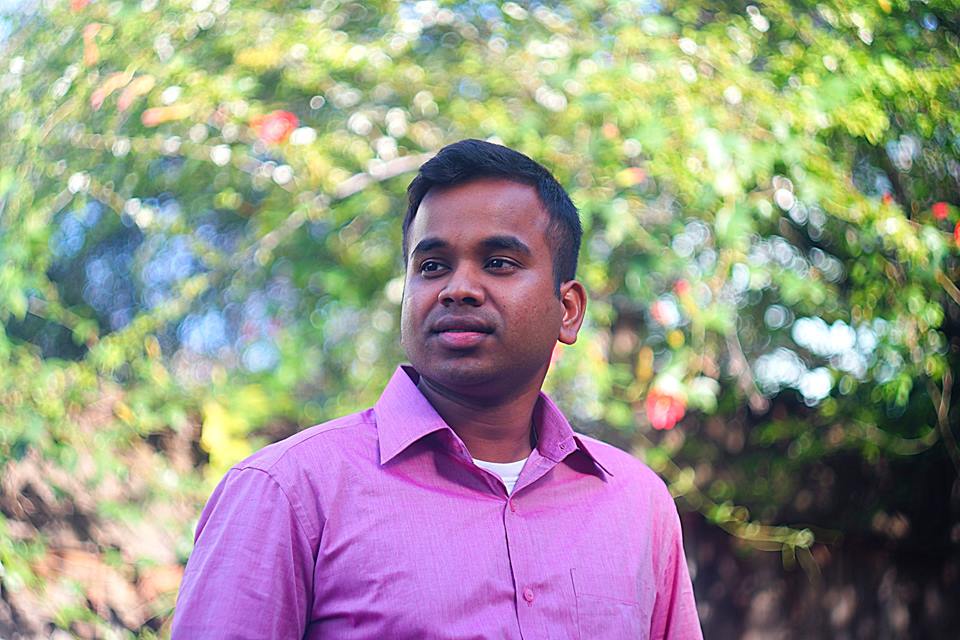In response to my recent article on the lack of Dalit, Bahujan, Adivasi (DBA) representation in India’s development sector—the very communities the sector seeks to serve—friends and colleagues from the sector reached out acknowledging the issue and requesting actionable recommendations that could change the status quo. So, after conversations with DBA peers well versed in caste representation and inclusion dialogue, I have put together a list of 10 things India’s development sector could do to address its caste diversity shortcomings.
These recommendations are neither silver bullets to make the sector’s caste problem disappear nor are they quick fixes to increase DBA representation in organisations. Instead, they address the various dimensions that need to change to make the sector an equitable space for under-represented groups to participate and thrive in and for developmental organisations to have sustained impact in the communities they serve.
The first step in solving a problem is to formally acknowledge it. Annual diversity audits that include a caste question should be the first step towards acknowledging the under-representation in organisations. An analysis of diversity audits results will help organisations set diversity and inclusion goals, and over time will help them identify best practices.

When diversity audit results find a place in an organisation’s “comms materials,” it sends out a positive message to DBA development sector aspirants about the organisation and its efforts for representation.
“Culture” is often a product of social capital attained by upbringing in certain economic classes, attending certain academic institutions and having access to certain networks. It can quickly become exclusionary. On the other hand, “values” reflect an organisation’s purpose and overarching goals more accurately.
“Culture fit” has risen to the top of the criterion list for hiring/not hiring a candidate in the development sector and elsewhere. But in the myriad intangibles that recruiters look for, culture fit has turned into a subconscious bias to exclude candidates who do not look or speak or have similar life experiences as the majority in an office. And this definition of culture fit disproportionately affects Dalits, Bahujans, Adivasis and other minority groups.
When Silicon Valley blamed its race problem on the “pipeline,” it was quickly pointed out how their recruitment efforts were limited to Bay Area and Ivy League schools and overlooked historically black colleges.
Likewise, if India’s development sector wants to benefit from talent that is representative of its constituents, then it needs to look beyond St. Stephens, LSR, LSE, Harvard and the likes. While a government school student educated in the local language and graduating from a lesser known state college in Odisha may or may not be able to make “sharp” powerpoint presentations, they will definitely be qualified to build a statistics model using SPSS, or conduct a data collection exercise with new mothers in rural Odisha.

Academic success and credentials from elite universities/programmes are not merely a function of intellect, but are instead a consequence of sustained access to quality education throughout one’s life, along with the privilege of being in an environment that financially supports one’s aspirations. People in the development sector should know this better than anyone else.
College students and young professionals discover the development sector through internships and service fellowships. The mentorship they receive during these opportunities helps them gain tangible skills and prepares them to be future leaders.
Currently, even large organisations and think-tanks that run well-funded, recognised service fellowships and internships have not adequately invested in making their programmes accessible to those who cannot afford unpaid internships and those who have not benefitted from issues pointed out in points 2 and 3.
Empowerment of DBA communities will not occur if representation turns into a headcount exercise. Representation should extend to decision making and resource allocation.
Programmes will not benefit from diversity unless the community voice finds a place in the sector leadership and until the ownership of the processes is passed on to the communities for whom the programmes are implemented. This will require the current leadership to first acknowledge the power structures within the development sector.
A caste conscious leadership, who model diversity in their order of business, will set the tone for their organisations and become examples for their sector peers.

“Culture fit has turned into a subconscious bias to exclude candidates who do not have similar life experiences as the majority in an office.”
Fostering a work environment where DBA individuals feel welcome, supported and empowered is critical to blunt the many ways in which caste plays out in the development sector.
I have lost count of the number of times I have heard references to caste pride and caste stereotypes passed off as jokes in professional settings. This stems from the normalisation of casteism in everyday affairs and people not recognising the historical context for what passes off as casual banter. The burden of constantly giving the benefit of doubt to colleagues will negatively impact DBA professionals, making it hard to retain them in organisations.
HR trainings that include caste sensitivity protocols, supplemented with honest conversations about caste at the workplace and display of social courage to confront casual casteism, will foster a work environment where DBA individuals will thrive and contribute to their organisation’s mission.
If your interaction with communities is limited to collecting data, testing innovations or conducting interviews for research publications, then you remain takers and become complicit in continuing the long tradition of taking away access, opportunity and dignity from those communities.
Partnering with grassroots organisations, supporting them and utilising their wisdom, will result in local empowerment, community participation and sustained impact in the communities where you work.
The more you interact with grassroots organisations, the more you will incorporate their knowledge into your offerings; the more you collaborate with them, the more you will find opportunities to bring exemplar talent from the communities you engage with into your organisations.
“The average Dalit woman dies 14.6 years younger than women from higher castes.”
– ‘Turning Promises into Action: Gender Equality in the 2030 Agenda for Sustainable Development,’ a report by UN Women.
Words can erase histories just like they can precisely depict lived realities. Annual reports, presentations and impact studies should use words that accurately highlight the problems and the people that are affected by those problems.
Instead of using broad terms—marginalised, disadvantaged or underprivileged—to describe the population groups included in a study or in the programmes implemented by organisations, efforts must be made to recognise the population groups using the empowering terms they have chosen for themselves: Dalit, Bahujan, Adivasi. This will go a long way into factoring historical context to understand social problems and developing appropriate solutions.
The above diversity concerns and recommendations may not be new information to India’s development sector. But it is important to acknowledge caste realities, discuss them and then take the next steps to remove barriers that prevent your organisation from turning those conversations into tangible actions.
The development sector prides itself on innovating and arriving at solutions for some very complex social problems through pilots, trials and controlled tests. Begin with some, all, or a variation of those approaches to address caste diversity in the sector and, maybe in 5-10 years, this article will become obsolete.
Caste practices are deeply rooted into the Indian subconsciousness and any effort to address caste in professional spaces needs to begin with introspection of caste in personal spaces. Unlike in the professional, policies can’t be mandated, monitored, or enforced in the personal. But it is the personal where change has to begin. If the kitchen at your home has two sets of tumblers —one for family and friends and a different set for others—then advocating caste representation in your organisation and participating in diversity audits will end up being performance art. Make it personal.
In India’s context, when we talk about inequality and measures to reduce it, the conversation will remain incomplete and disingenuous without discussing caste. And for the development sector, which strives to reduce societal inequalities, conversations about the implication of caste in the communities we serve cannot be an afterthought.
It is therefore paramount that the development sector includes the voices of individuals with lived experiences into the solutions they are building for complex social challenges.
—
With inputs from Christina Thomas Dhanaraj , Karthik Navayan, Mahendra Rokade and Rahul Gaware.




